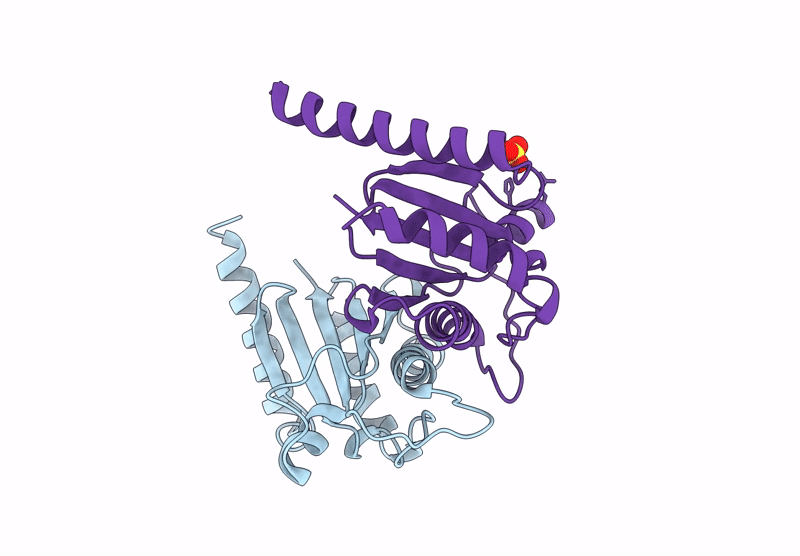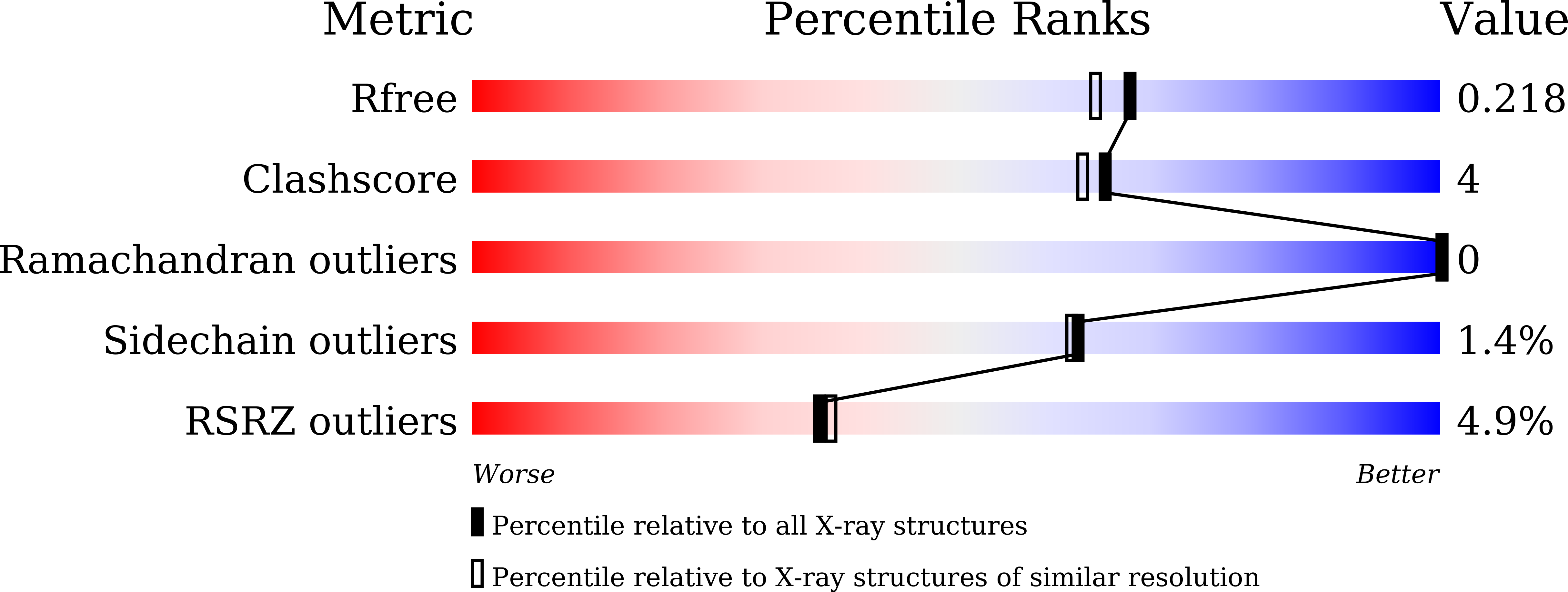
Deposition Date
2025-01-15
Release Date
2025-02-26
Last Version Date
2025-03-19
Entry Detail
PDB ID:
9LJK
Keywords:
Title:
Structure of the periplasmic domain of MotS from Bacillus subtilis
Biological Source:
Source Organism:
Bacillus subtilis (Taxon ID: 1423)
Host Organism:
Method Details:
Experimental Method:
Resolution:
1.89 Å
R-Value Free:
0.21
R-Value Work:
0.17
R-Value Observed:
0.17
Space Group:
C 1 2 1


